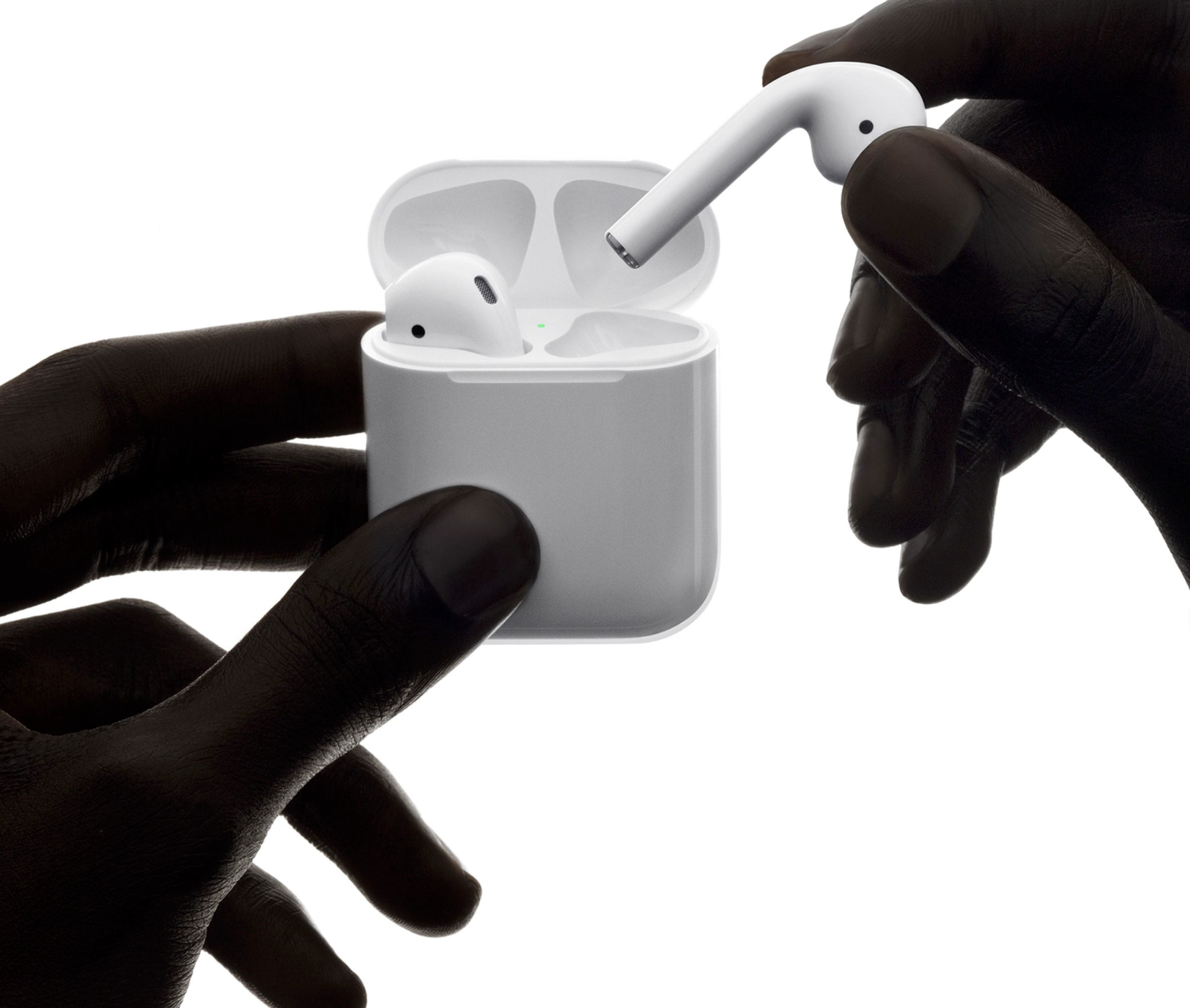Having been in the consumer tech product development business for much of my career, I’ve seen how the industry has developed a methodology for turning an idea into a product. It involves using a team of experts in their various engineering specialties: industrial design, mechanical, software, electrical, quality, and manufacturing engineering.
By the nature of their work, one of the challenges is to ensure that these activities are coordinated, and the team is communicating and working together to come up with a clear, coherent product, while each is off doing their tasks.
But, by the nature of this process, it’s rare that there is a focus on the customer experience and its impact on the design of the product. That’s just too hard to do with the team members focusing on their specialized work. While industrial designers and marketing managers come closest to influencing the customer experience, usually by creating a wish list and product goals, it’s hard for them to impact the day to day design decisions being made by the individual engineers, who often worry more about just getting the designs to work.
As products become more complex, the customer experience element is becoming a significant product differentiator, and its importance needs to be elevated to the same level as the other functions.
This area of product development is so important; there really should be a name for it. I call it “Delightware,” that element of the product that makes using it delightful and provides unexpected value and functionality that you never even thought about before buying. With the complexity and versatility of today’s products, it can be as important as any other element of the product.
A perfect example is the Apple AirPods. When I first saw them, I mocked, them much like many others: How strange looking, they might fall out, and so expensive!
A few months ago, while visiting an Apple store, I bought a pair to try, just to get familiar with them, thinking I could return them if they were as bad as I had imagined.
What I didn’t anticipate, and what was rarely mentioned in Apple’s promotional material, were features that delighted and surprised, it’s Delightware. When you remove an AirPod from the case, the phone call transfers to it immediately, but only if it’s in your ear. Open the lid of the AirPod case and the battery level is shown on the phone. Remove it from your ear, and the Podcast pauses. While some of these features could be found on older Bluetooth headphones, none worked as seamlessly.
For these features to work so well, someone on the team had to think through the design carefully to be sure it contained the right sensors, processors, and was properly implemented by each of the disciplines. Such capabilities are missing from most products, which often are hard to set up and confusing to use. Another example, also from Apple, is the ease of upgrading from one device to another. To move from one iPad to a second, you simply place the two together, answer a few questions, and the new unit is updated automatically.
Compare the Delightware of these products with that of IoT door locks, cameras, and doorbells that are hard to setup and don’t work as expected. I have two of these products that insist on sending me alerts when it detects me.
I’m convinced this area of Delightware will become the major product differentiator in the future.

Good post! We will be linking to this particularly great post on our site. Keep up the great writing
Some really excellent info Sword lily I detected this.